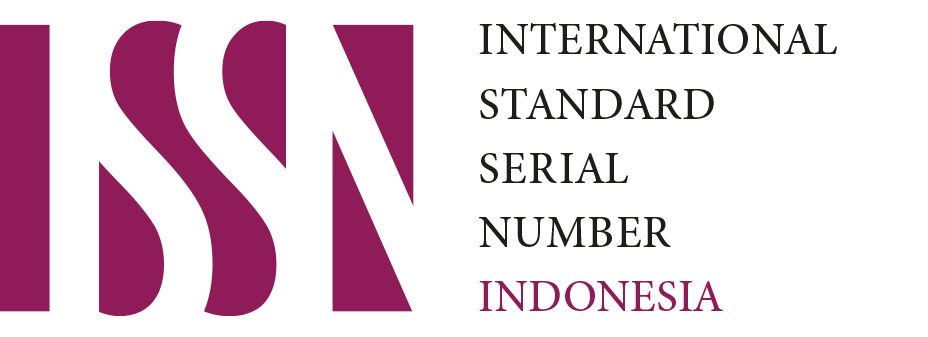A Study Of Digital Record Storage Management Institutions In Art Archive Indonesian Visual Art Archive
Downloads
This study aims to determine the digital archive storage management conducted Indonesian Visual Art Archive which includes the acceptance stage archive, metadata archives, archive conversion, digital archive storage, retrieval and archive and archive evaluation stage. The location of this research done in archives art Yogyakarta Indonesian Visual Art Archive. The method used in the study used a qualitative approach with case study. As for the technique of data collection is done through observation, interview and literature study. Based on the results of this research note that the digital archive management activities undertaken archives art Yogyakarta Indonesian Visual Art Archive is a form of awareness of the importance of art as archive footage of historical development and culture. As for the digital archive management activities are some steps being taken begins with the acceptance of the archive, metadata archives, archive conversion, digital archive storage, retrieval and archive and archive evaluation stage. In this digital archive management does not have a cycle of destruction of records for each archive is a work of art performers. In addition, the digital archive storage management activities in archives art Yogyakarta Indonesian Visual Art Archive is supported by a clear procedural system.
Downloads
Indonesia. (2007). UU No. 43 Tahun 2009 tentang kearsipan
Indonesia. (2007). UU No. 43 Tahun 2007 tentang perpustakaan.
Indonesian Visual Art Archive. (2015). Arsip Indonesian visual art archive. Yogyakarta.
Saifuddin, A. (1997). Metodologi penelitian.Yogyakarta : Andi Offset.
Sugiarto, A. (2005). Manajemen kearsipan. Yogyakarta: Gava Media.
Sugiarto, A., & Teguh, C. (2014). Manajemen kearsipan elektronik. Yogyakarta: Gava Media Timur, Pustaka.
Wursanto. (1991). Kearsipan. Yogyakarta: Kanisius
Record and Library Journal by Unair is licensed under a Creative Commons Attribution-ShareAlike 4.0 International License.
1. The journal allows the author to hold the copyright of the article without restrictions.
2. The journal allows the author(s) to retain publishing rights without restrictions
3. The legal formal aspect of journal publication accessibility refers to Creative Commons Attribution Share-Alike (CC BY-SA).
4. The Creative Commons Attribution Share-Alike (CC BY-SA) license allows re-distribution and re-use of a licensed work on the conditions that the creator is appropriately credited and that any derivative work is made available under "the same, similar or a compatible license”. Other than the conditions mentioned above, the editorial board is not responsible for copyright violation.



 57201398420
57201398420

























